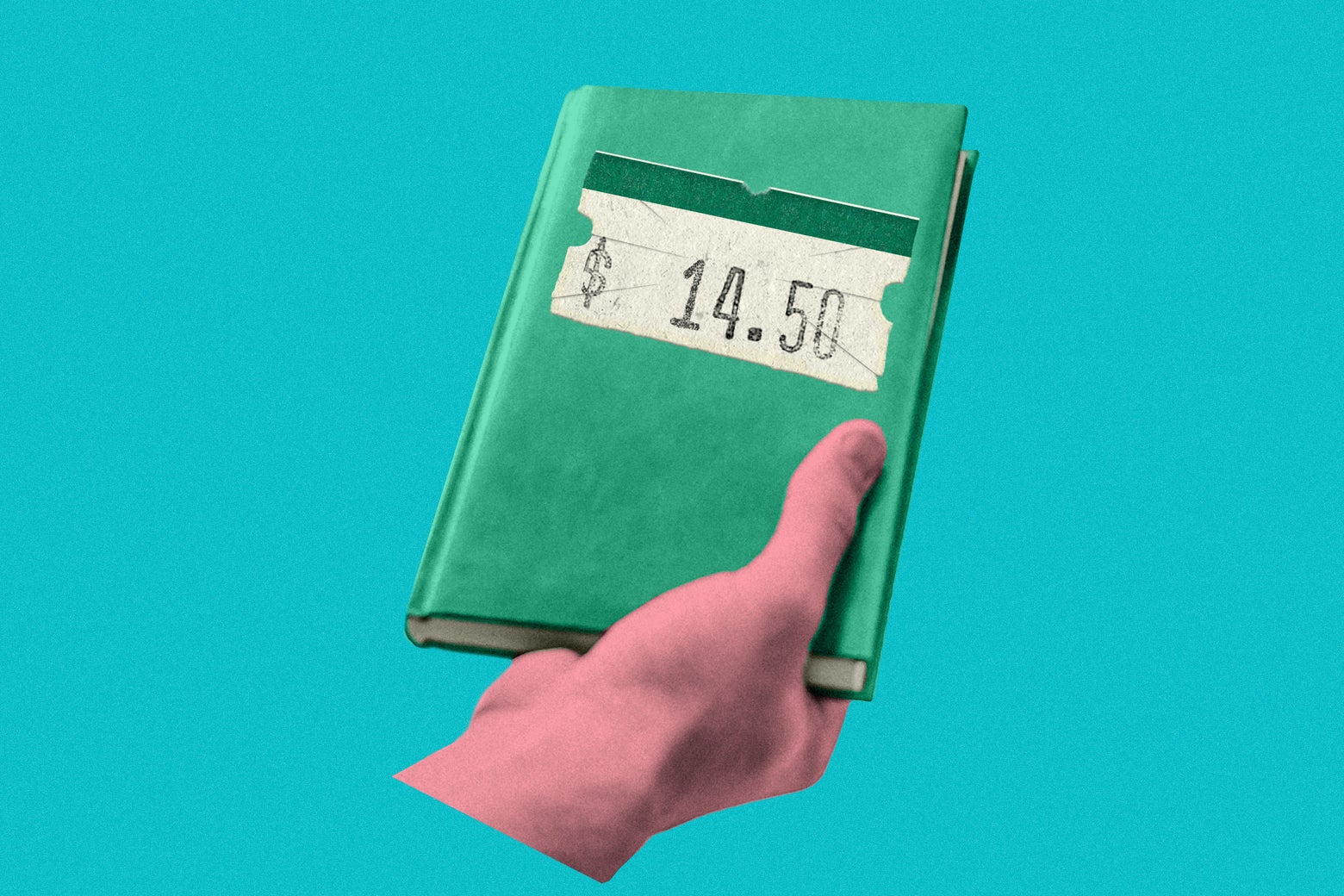A Post About Book Sales Went Viral. Here’s What It Gets Wrong.

🌈 Abstract
The article discusses the state of the book publishing industry, addressing common misconceptions about book sales and the economics of publishing. It provides a more nuanced perspective on book sales data and the profitability of books for publishers.
🙋 Q&A
[01] The Viral Article "No One Buys Books"
1. What were the key claims made in the viral article "No One Buys Books" by Elle Griffin?
- The article claimed that over 90% of books sell fewer than 1,000 copies, and 50% of books sell fewer than 12 copies.
- It painted a bleak picture of the traditional publishing industry, suggesting that nothing works, few make money, nobody reads, and the whole industry might collapse.
2. How does the author of this essay respond to the claims made in the viral article?
- The author acknowledges that the viral article did a good job collecting quotes and statistics, and much of the overall thrust is correct.
- However, the author argues that many of the statistics are wrong or misleading, as they were intended to support a specific narrative in the context of a legal battle.
3. What is the author's main argument about whether people buy books?
- The author presents data showing that Americans buy over 1 billion books per year, including print, e-books, and audiobooks.
- The author argues that while the publishing industry has problems, there is no reason to think it is on its deathbed, as book sales have remained fairly stable despite the rise of digital media.
[02] Manipulating Book Sales Statistics
1. What are some of the ways book sales statistics can be manipulated, according to the author?
- Referencing calendar year sales instead of lifetime sales
- Counting each format (hardcover, paperback, e-book, audiobook) as a separate "book"
- Including all types of books, from novels to coloring books, in the same statistics
- Encompassing all publishers, from major houses to self-published authors
2. How does the author explain the difference between "average book sales" and the sales of specific types of books?
- The author argues that "average book sales" tell you little about how well the average novel published by a major press sells, as the statistics include a wide range of book types and publishers.
- The author provides examples of how sales expectations and thresholds vary greatly depending on the type of book and publisher.
[03] Understanding Book Profitability
1. What are the key points the author makes about how books earn money for publishers?
- A book can be profitable for a publisher well before the author earns out the advance, as the publisher's revenue is split between the retailer/distributor and the author's royalties.
- Even if a book doesn't earn out its advance, it can still be profitable for the publisher.
- The author provides a simplified example to illustrate how a book can generate $7 million in revenue for a publisher, even if the author's advance of $3 million hasn't been fully earned out.
2. How does the author respond to the claim that "books don't make money"?
- The author argues this is a common misconception, and that books can be profitable for publishers even if they don't earn out their advances.
- The author explains that in the entertainment industry, a few big winners often fund the rest, and this model applies to book publishing as well.
[04] Average Sales of Novels and Other "Books"
1. What does the author say about the average sales of different types of books?
- The author acknowledges that there is no single answer, as sales depend on the type and genre of book, as well as the publisher.
- The author provides examples of how sales expectations can vary, with some publishers considering under 25,000 print sales a failure, while many literary fiction writers view 1,000 sales as a success.
2. What does the author say about the claim that books only sell 12 copies or fewer?
- The author argues that this claim is not true, and that most new books in bookstores are selling at least hundreds, if not thousands, of copies.
- The author notes that while breakout hits selling millions of copies are rare, many authors can earn a living or a significant portion of a living from their books without becoming as famous as bestselling authors.
[05] The Role of E-books and Audiobooks
1. How does the author address the inclusion of e-book and audiobook sales in the overall book sales numbers?
- The author acknowledges that e-book and audiobook sales are more difficult to track, as prices and subscription models vary widely.
- The author provides an example of their own book, The Body Scout, where e-book and audiobook sales make up about 50% of the total sales.
2. What does the author say about the relationship between book sales and actual reading?
- The author notes that book sales data only reflects the purchase of new books, and does not account for used book sales, library borrowing, or other forms of reading.
- The author suggests that while book sales are important, the actual reading of books is a separate consideration.